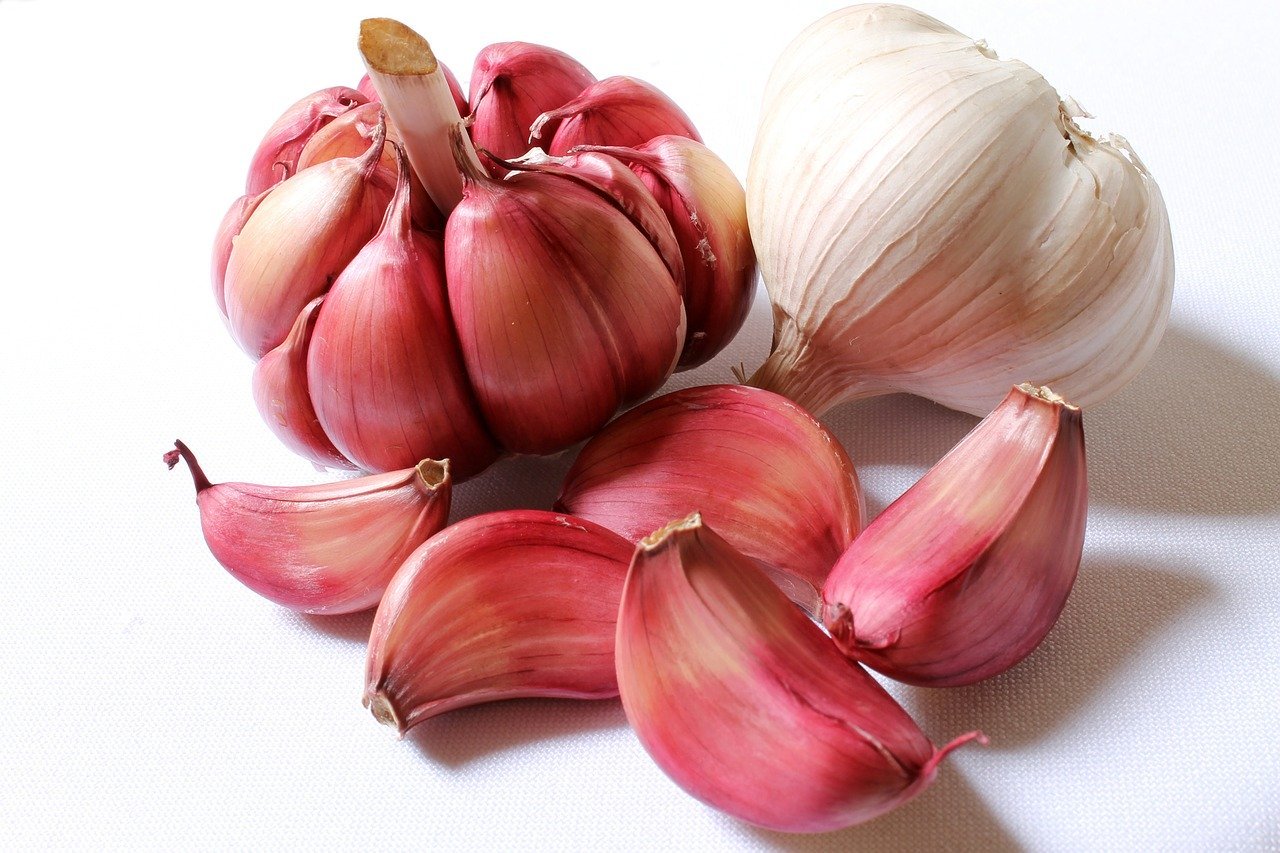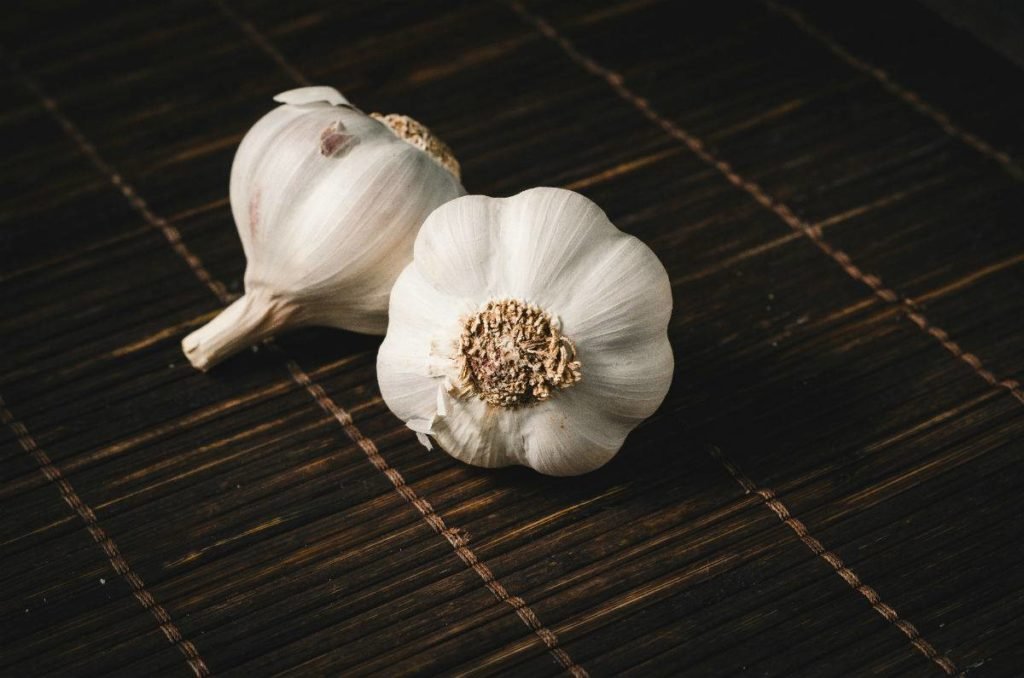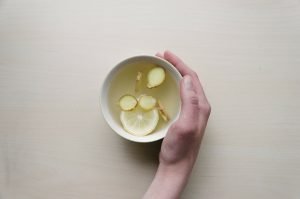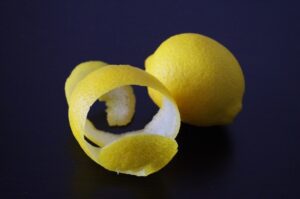Health benefits of garlic

With more than 5,000 scientific references, garlic is one of the most studied plants . Its properties make it one of the best examples to validate the Hippocratic aphorism that “food is your medicine and medicine, your food”.
The garlic plant belongs to the lily family, such as onion and leek. Although it is believed to be native to Central Asia, it reached the Middle East some 4,000 years ago and is now cultivated worldwide.
It is planted in winter and the bulb, the head formed by the garlic identes, is harvested at the entrance of summer.
Garlic properties
Garlic combines a balanced supply of nutrients with sulfur compounds and other substances that give it its medicinal properties.
UNIQUE SULFUR COMPOUNDS
Garlic cloves contain between 0.2% and 0.3% of essential oil: garlicin, alliin or allylcysteine sulfoxide (1%), which when hydrolyzed by alliinase produces allicin .
This occurs by crushing or chewing fresh garlic. Allicin gives garlic its characteristic odor and flavor, and it is quickly transformed into allyl disulfide and other volatile sulfur compounds that are primarily responsible for the beneficial effects.
It also contains fructosanas , oligosaccharides that feed the beneficial intestinal microbiota, related to good general health.
It also has enzymes – peroxidaxes and lysozymes, among others – essential for the medicinal action of garlic to take place.
RICH IN MINERALS AND VITAMINS
With only 135 calories per 100 grams and 64% water, garlic provides 6% protein, 27.5% carbohydrates, 0.1% fat and 0.7% fiber, making it which makes it a healthy food that enriches the diet.
It also contains small amounts of iron, silicon, sulfur, iodine, manganese, selenium and vitamins B1, B2, B6 and C.
Garlic benefits
Garlic was used in Egyptian culture, along with onion and bread, as a food base, and in Hippocratic medicine in Greece.
In ancient Rome, Galen, Pliny the Elder, and Dioscorides mention their use to treat parasites, respiratory problems, or impaired digestion.

1. FRIEND OF THE CIRCULATORY SYSTEM
Garlic is considered cardiovascular protector. It prevents and improves arteriosclerosis, inhibits the synthesis of LDL (bad) cholesterol and triglycerides. It also improves blood clotting and increases the elasticity of the arteries.
In the case of intermittent claudication – when arteriosclerosis affects the legs and forces them to stop often when walking due to the pain it causes -, garlic helps the blood to reach the muscles better.
It is also effective against hypertension and acceleration of the heart rhythm.
2. HEALTHY AIRWAYS
Garlic helps fight respiratory infections like the flu and cold for its antiseptic properties.
It also dilates the bronchi, fluidizes the mucosa, and stimulates the immune system. For these properties it is very useful in case of sinusitis, pharyngitis, tracheitis, bronchitis, emphysema and asthma.
3. HELP AGAINST INFECTIONS
In addition to the flu and colds, garlic fights urinary tract infections, intestinal parasites, and ear infections. However, it does not replace antibiotics when they are prescribed by the doctor.
Essential in the kitchen
Although pearls, tinctures and other presentations can be found in herbalists and dietetics, there is no more effective and complete garlic remedy or medicine than freshly consumed cloves themselves .
HOW TO PREPARE IT SO THAT THE PROPERTIES ARE NOT LOST
If you heat a whole clove of garlic, you are going to miss a lot of its properties.
The best way to consume garlic is raw. If you want to cook it, mash it well half an hour before, so you will allow the beneficial substances to form and they resist heat.
Including 1 to 4 teeth a day in the diet allows you to benefit from its properties, both to prevent and to alleviate certain health problems.
MEDITERRANEAN INGREDIENT
Garlic is an ingredient as small as it is popular, extolled in Mediterranean cuisine. There are several varieties:
- White garlics: they are the most common, with a strong flavor and are consumed dry. We must look for firm and heavy heads, with the dry envelope and without sprouts.
- Purple garlic: the layer that covers them is purple; They ripen earlier and tend to be larger, but as they are more tender they keep for less time.
- Young garlic or garlic: they are collected before the bulb develops, in spring; they are soft, suitable for salads, stir-fries, scrambled eggs and omelettes.
TRICKS TO USE GARLIC COMFORTABLY
To soften its flavor and prevent itching , the teeth are split in half and the green germ is removed with a knife, or they are blanched for a minute or left to soak, peeled, for a couple of hours.
Another option is not to use the garlic directly, but the flavored oil, or rub the source of the salad with a tooth.
To peel them easily they are crushed with the thumb or the blade of the knife.
To eliminate the smell of your hands , wash them under running cold water, without rubbing.
7 GOOD COMBINATIONS WITH GARLIC
It is generally associated with other ingredients with which it combines very well, such as bread, oil, salt and aromatic plants such as parsley or basil. Other privileged companions are grapes and dried fruit.
- It is a classic to prepare bread toasts with rubbed garlic , salt and oil.
- It is also easy and usual to chop raw garlic along with parsley to dress salads.
- In the ” garlic” preparation, it is minced over potatoes, rice, pasta or millet just after cooking, so that the heat of the stew itself neutralizes and shapes its flavor.
- Raw garlic also triumphs in sauces such as ajoaceite, ajoarriero, Canarian mojo or Genovese pesto, and in cold soups such as gazpacho or ajoblanco.
- Rolled into small pieces, it forms the base of the stir-fries together with the onion, tomato and green pepper, a sure start for any stew.
- A newer but no less tasty stir fry is with celery and ginger bits.
- If there is something as old as traditional it is garlic soup. Its ingredients, along with garlic, are stale bread, paprika, oil, water and salt.







